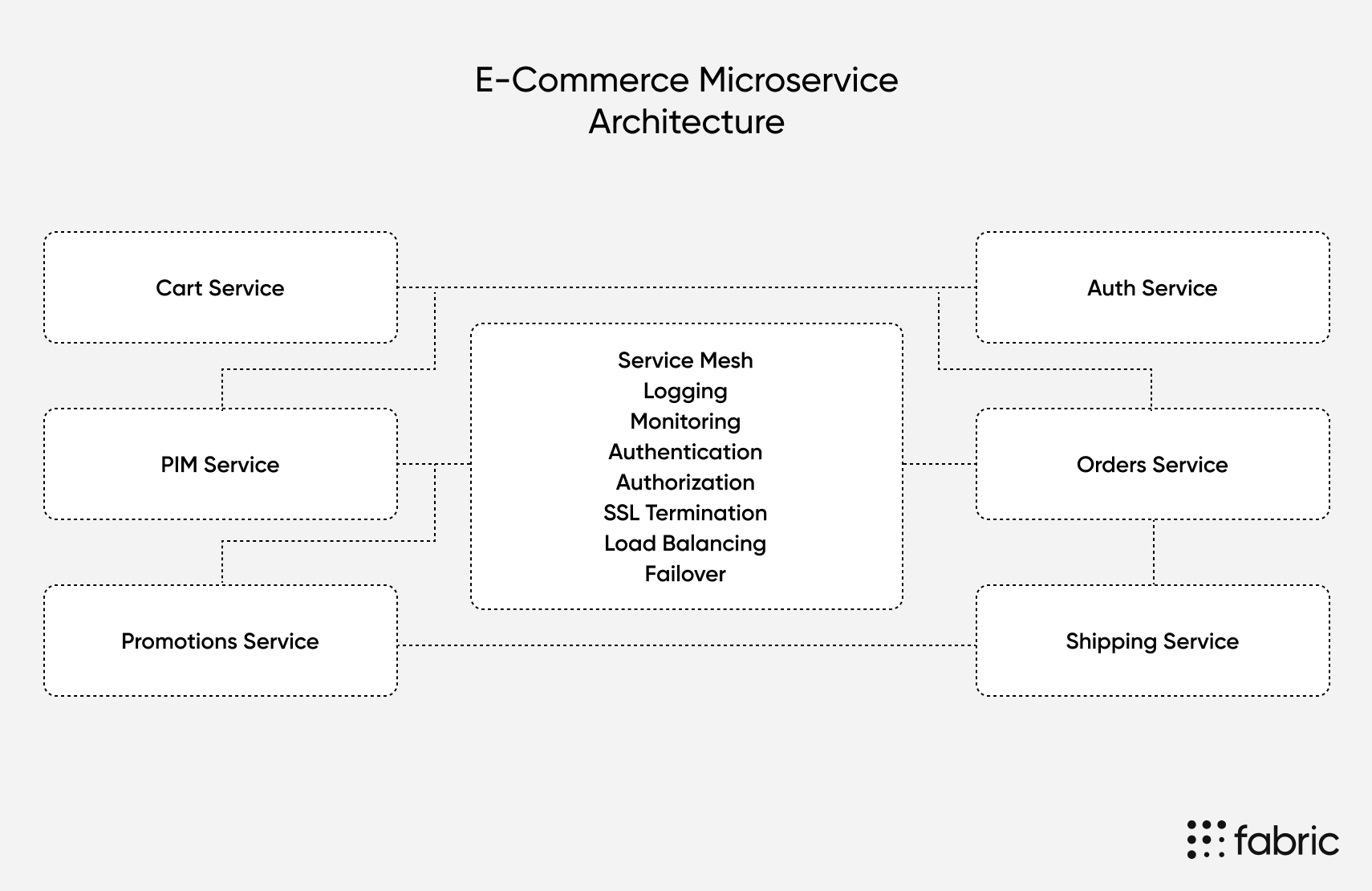How Do You Deconstruct Monolithic Software to Reduce Technical Debt?

Monolithic software is a self-contained application where all components are built in a single unit. Everything from the database to the client-side user interface is interconnected and uses the same codebase.
Some of the most popular monolithic software platforms for e-commerce include Magento, Salesforce, Oracle ATG, Shopify Plus, and BigCommerce. They were effective during the first generation of e-commerce technology but are limited compared to today’s options.
The systems are difficult to maintain, updating is slow, and the user interface isn’t user-friendly. Furthermore, these platforms limit how much you can customize your frontend designs, making it challenging for companies to create great omnichannel experiences.
Many organizations are now souring on the traditional e-commerce platform and turning to a service-oriented architecture. Each component exists as a single-function module with microservices. Not bound in the same system, the APIs connect the services.
This type of e-commerce architecture provides more flexibility and allows organizations to adopt a best-in-breed approach for their technology. Microservices eliminate technical debt, enabling developers to work on one service without affecting the system as a whole.
While there are many benefits to adopting microservices, transitioning away from your monolithic software is not always easy. Organizations that use the traditional rip and replace approach to replatforming tend to experience costly downtime and interruptions.
Instead of that brute approach to changing systems, the best strategy to breaking down your monolithic software is to use the strangler pattern. The three-step process allows you to migrate one service at a time, reducing the risk of service interruptions.
[toc-embed headline=”Breaking Down Monolithic Software with the Strangler Pattern”]
Breaking Down Monolithic Software with the Strangler Pattern
1. Choose your microservices
The first step is to determine the microservices needed to replace each area of functionality in your current platform. The exact services to add will depend on your particular use cases. Below are the services most common in a microservices architecture:
- Product information management (PIM): Your PIM is a centralized repository for all your product data.
- Order management system (OMS): Your OMS includes your shopping cart and payment functionality.
- Pricing and promotions engine: Your pricing engine sets the price for your products and allows users to apply discounts at checkout.
Once you’ve determined your new services, you must plan the order in which to implement them. It’s best to start with those that are easiest to move and/or provide the most business value.
2. Build a middle layer
When breaking down your monolithic software, you must ensure the system sends requests to the right place. An API gateway will reroute requests to your new backend. You can choose which services handle requests to ensure the system mapped everything appropriately.
Once you’ve set up the middle layer, you can start phasing out old services in place of your new ones. API gateways are flexible enough to allow you to switch between old and new services for testing.
You could also build a middle layer using a service mesh model. The service mesh can handle communication and data flow between the internal elements of your application.
3. Migrate the data model
Before moving data from your old system, you need to examine how it is stored and see if you want to replicate or change existing data structures. Once you have settled on the desired data structure, you can begin moving data using several methods.
A common approach is to export data to an XLS or CSV file. You can also export your database to an XML file.
Once your data is in the new microservice, you can begin testing the new service. If everything works correctly, you can retire that piece of your monolith and repeat the process with your remaining components.
[toc-embed headline=”Conclusion”]
Conclusion
With modular commerce services like fabric, moving away from your monolith is no longer a nightmare. For more platform-specific details on breaking down your monolithic software, take advantage of our migration guides.
Tech advocate and writer @ fabric.
